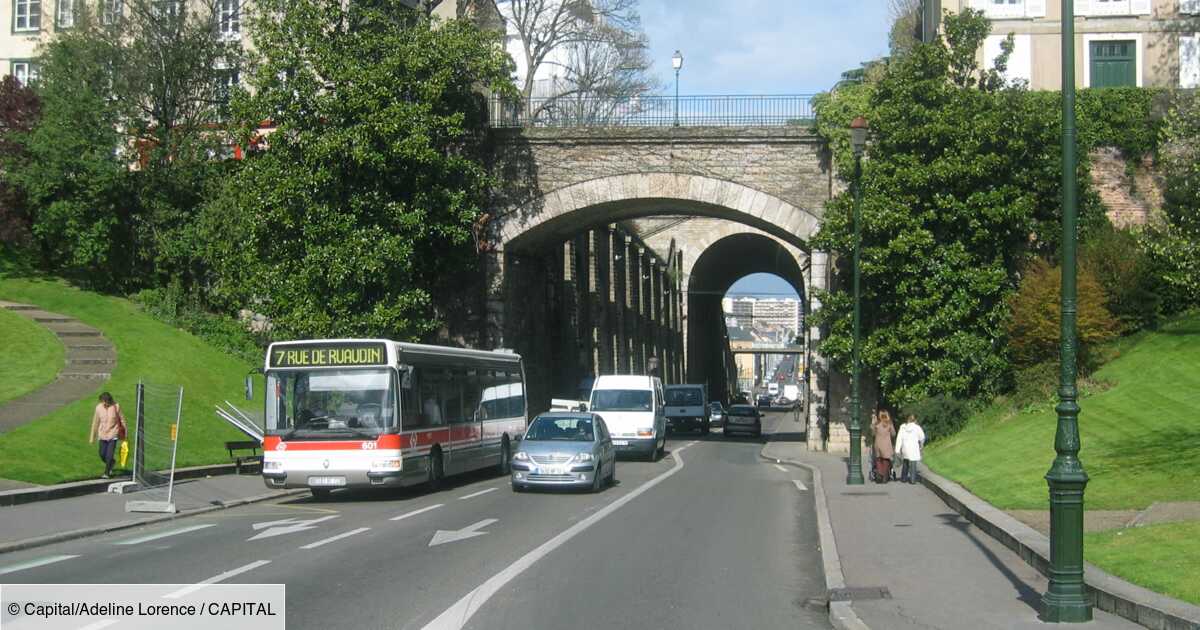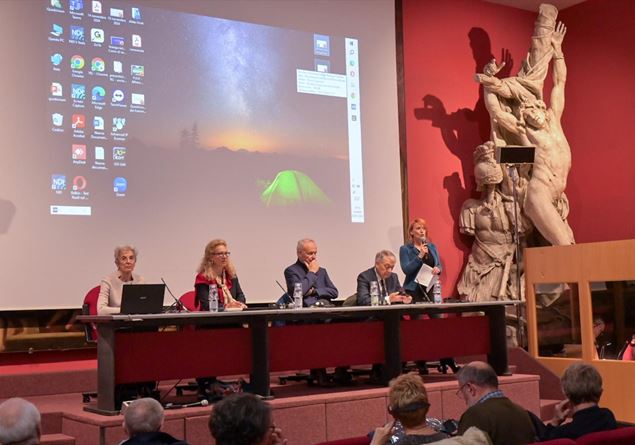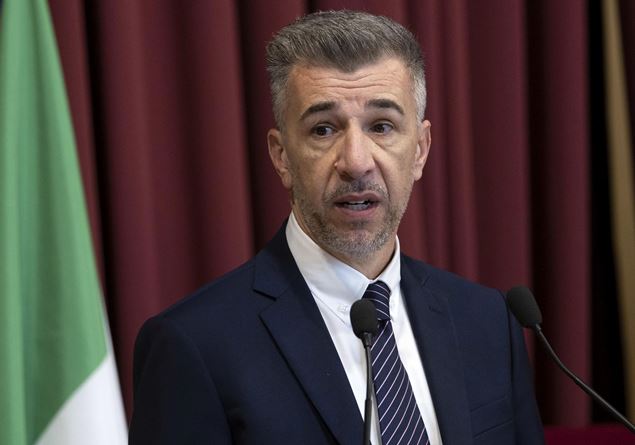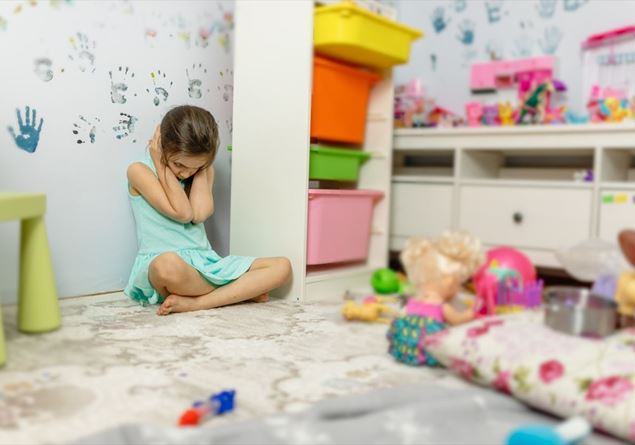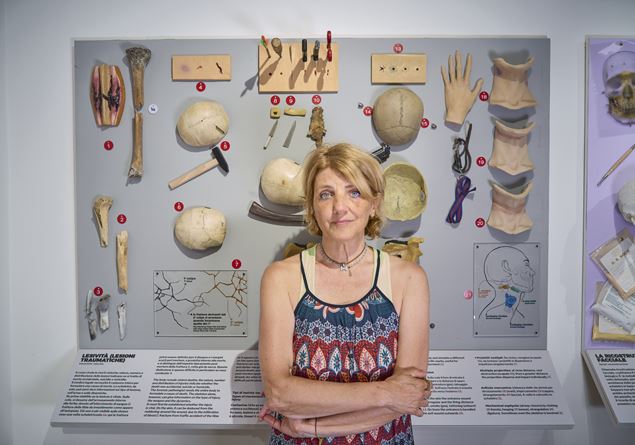
by Giovanni Ferrò
photo by Giovanni Hänninen
Some call her affectionately Bones and some compare her to the protagonists of the TV series CSI. Cristina Cattaneo does not give the impression of crude efficiency of the American stars who star in crime TV series. If anything, what she transmits at first glance is a sense of empathy with the victims, the silent solidarity towards those who have been offended by life with a tragic and violent death. Professor of Legal Medicine and director of Labanof, the Laboratory of Forensic Anthropology at the University of Milan, Professor Cattaneo is perhaps the most famous forensic anthropologist in Italy: she has dealt with major Italian crime cases, from Yara Gambirasio to Elisa Claps. Creator of Musa (University Museum of Anthropological, Medical and Forensic Sciences for Human Rights), she is also the author of several books, including the heartbreaking Naufraghi senza volto. Dare un nome alle vittime del Mediterraneo (Raffaello Cortina editore). Yes, because, at a certain point Cattaneo also ended up dealing with unidentified migrants who died in the Mediterranean, trying to give them a name and a grave where their families could mourn them.
Professor, how did it all begin?
“Quite naturally: the laboratory I direct was founded in 1995 with the mission of giving an identity to the dead. Then we evolved, also dealing with crimes and other issues, but the heart of Labanof was this already 30 years ago. The fact is that anthropology, being a discipline that tends to reconstruct the “biological profile” of the person starting from their remains, has always been the discipline best suited to address the problem of the nameless dead. Already in the 1990s there was the problem of those who lived on the margins of society or even those who got lost for some reason and who, then, could end up buried under a tombstone with the word “unknown” written on it. So, we have always dealt with this issue, but certainly the problem of the right to the identity of the dead “exploded” with the succession of shipwrecks of migrant boats in the Mediterranean.”
To identify these unknown bodies, you will have to deal with relatives who are trying to find out what happened to their loved ones and who have no answers even after years. What do they ask you? What is their “tragedy within a tragedy”?
“The key word is precisely the relatives, those who have lost their loved one. It is often emphasized that restoring the identity of the dead is a matter of respecting the dignity of the person who is no longer there. This is certainly true, but there is also something else: there is the sacrosanct right of those who are behind those dead. Let me give an example, returning to migrants in the Mediterranean: a child, who perhaps was left in a refugee camp because mom and dad left early, because they could not bring the whole family, or because they wanted to prepare the ground. Look, if the parents die during the crossing and there is no death certificate, the orphan cannot be adopted. A similar situation applies to widows. And in addition to the administrative problems, for the life of those who remain there is also the issue of mental health: think of a mother who does not know whether her child is alive or dead. Psychiatrists call this limbo “ambiguous loss,” a gray area where you can’t process grief because you don’t have certainties, a situation that almost certainly leads to illness and mental distress. Therefore, identifying the dead is a right to mental health for those who desperately search for those dead. We often think that this is a problem of “others,” of foreigners who live in distant countries, but in the city of Milan alone – not Lampedusa, therefore – 101 unknown dead have been buried in the last twenty years. And every year, two or three bodies are added to this nameless list.”
Continues….
Read the full interview with Cristina Cattaneo by purchasing the issue of Credere on newsstands from Thursday 5 September and distributed in parishes from Saturday 7 September. Or buy a digital copy www.edicolasanpaolo.it/scheda/credere.aspx
• This interview with Cristina Cattaneo is part of Viandanti della speranza, a series of dialogues with personalities from the world of the Church, culture, social commitment, entertainment and sport in preparation for the Jubilee 2025. This is a multimedia project which, in addition to the service on Credere, also includes the television version of this interview which will be broadcast on Telenova (Channel 18 of digital terrestrial in Lombardy and eastern Piedmont) on Tuesday 10 September at 10.30 pm and Wednesday 11 September at 11.00 am. The video of all the interviews is also available on the Telenova App and website (www.telenova.it).

